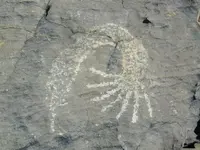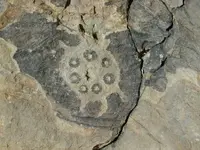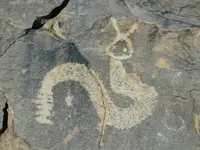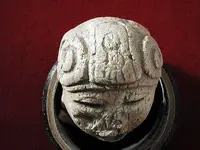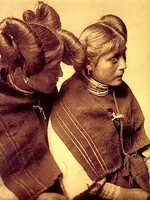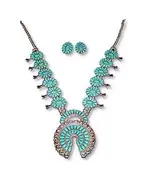Real de Tayopa Tropical Tramp
Gold Member
- Joined
- Nov 8, 2004
- Messages
- 14,582
- Reaction score
- 11,947
- Golden Thread
- 0
- Location
- Alamos,Sonora,Mexico
- Primary Interest:
- All Treasure Hunting
HIO CJ, you posted -->
my friend Roy, who I find to be one of the most knowledgeable people on this forum.
~~~~~~~~~~~
that brow beaten, would be cowboy? Yer sick. He can't even find Naranjo or the siete ciudases de Cibola. sheehs, If'n it wern't for Beth, he couldn't even find the bathroom. - but I guarentee that he can find the chow trough easily, As for his cruchy, egg shell coffee hmmm.
I am ashamed of you CJ, you know better.
Don Jose d eL amancha
p.s hehehehehehehehehe snicker snicker

join me in a cup of his egg shell coffee?
my friend Roy, who I find to be one of the most knowledgeable people on this forum.
~~~~~~~~~~~
that brow beaten, would be cowboy? Yer sick. He can't even find Naranjo or the siete ciudases de Cibola. sheehs, If'n it wern't for Beth, he couldn't even find the bathroom. - but I guarentee that he can find the chow trough easily, As for his cruchy, egg shell coffee hmmm.
I am ashamed of you CJ, you know better.
Don Jose d eL amancha
p.s hehehehehehehehehe snicker snicker


join me in a cup of his egg shell coffee?






